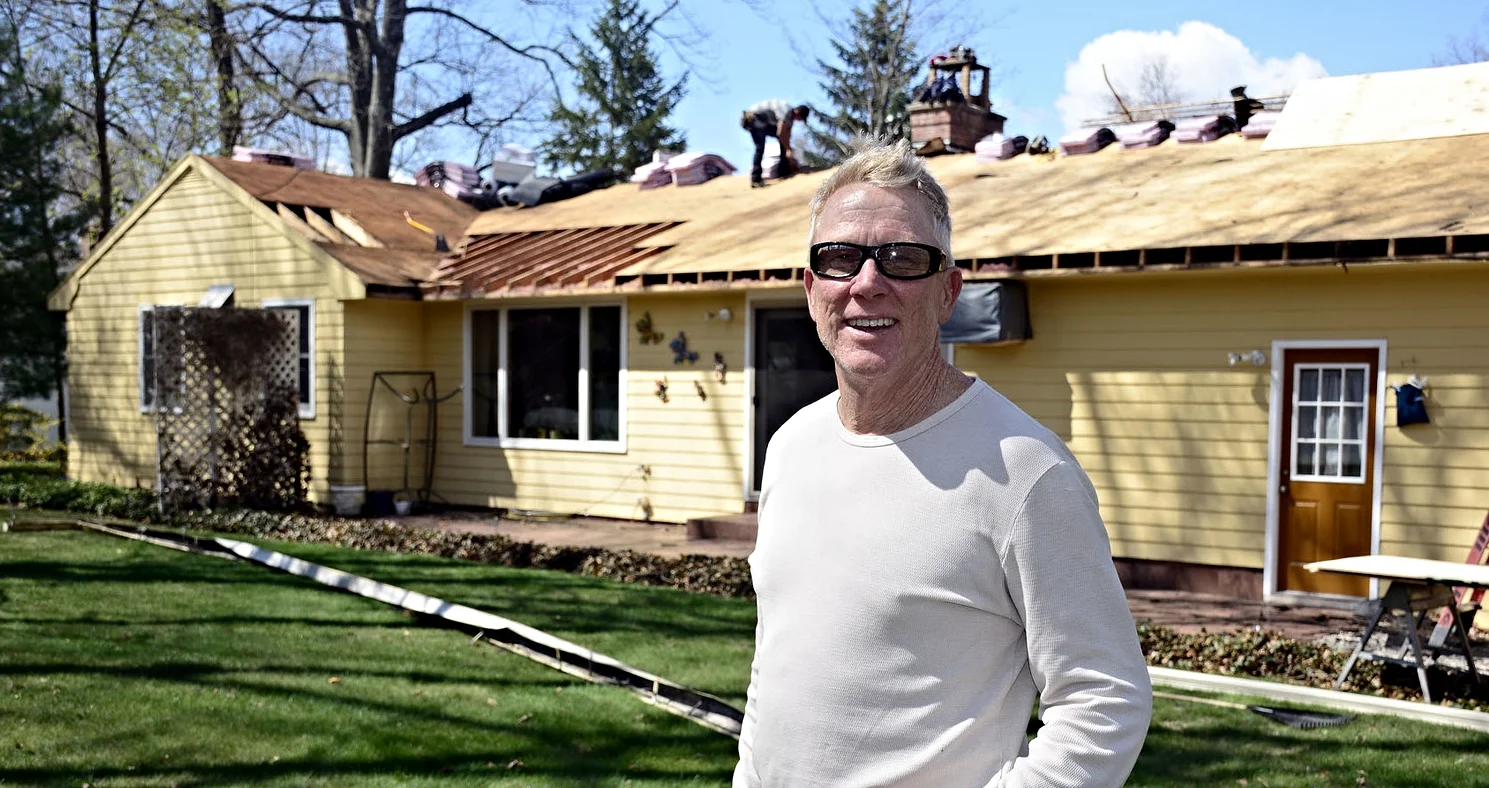Ice Dams From Early Snow Can Cause Major Problems All Winter
Chelsea O'Donnell
Early snow, a quick warm-up, and an immediate deep freeze had my phone ringing off the hook this week with requests for roof leak repairs. Ice dams are building up on people’s homes and causing big-time damage, which is a major headache right before the holidays.
Are you scratching your head? Let me give you some background. An ice dam forms when heat from inside your home causes snow on your roof to melt. That melting water begins trickling down towards your gutters, which sounds like a good thing, except that in many homes, the temperature at the top and bottom of the roof is so different that the water refreezes at the gutter line, causing a mass of ice. When the water has nowhere else to go, it continues to expand, pulling up shingles and seeping underneath the roof.
Why do so many homes have such a variation in temperature between the top and bottom of their roof? We all know that heat rises and when your house isn’t properly insulated or ventilated, the heat from the living areas of your home rise into the attic, hitting the highest temperatures in the very peak of the roof. So it’s no surprise that snow begins to melt at the highest point, where the temperature can easily rise to 32 degrees Fahrenheit or melting point. As the water makes its way down the roof, the temperature decreases; enabling the water to refreeze by the time it finds its way to your gutters. As that water builds up, it begins to form an ice dam.
Have you ever seen a house with big beautiful icicles hanging from the roof? Those icicles aren’t just a pretty bi-product of winter weather; they are a sure-fire sign that an ice dam is forming. Ice dams can be a real problem, especially in older homes that aren’t properly insulated and ventilated. As the water builds up, it can leak into the house and cause damage to the walls, ceilings, insulation, and other areas. Additionally, an ice dam that is melting can channel water down into the foundation, which can cause leaks and mold formation in the basement.
Worried about ice dams damaging your house? Next week, we’ll talk about ways to temporarily fix them, and what you can do to ensure they don’t pop up again next winter.
Bob O'Donnell is the owner of O'Donnell Bros, Inc., a Bristol-based home improvement company established in 1975. Email your questions for Bob to info@odonnellbros.com with the subject line “Ask the Pro”. All questions may be considered for publication. To contact Bob for your remodeling needs, call O'Donnell Bros, Inc. at (860) 589-5155 or visit www.odonnellbros.com. Advice is for guidance only.
